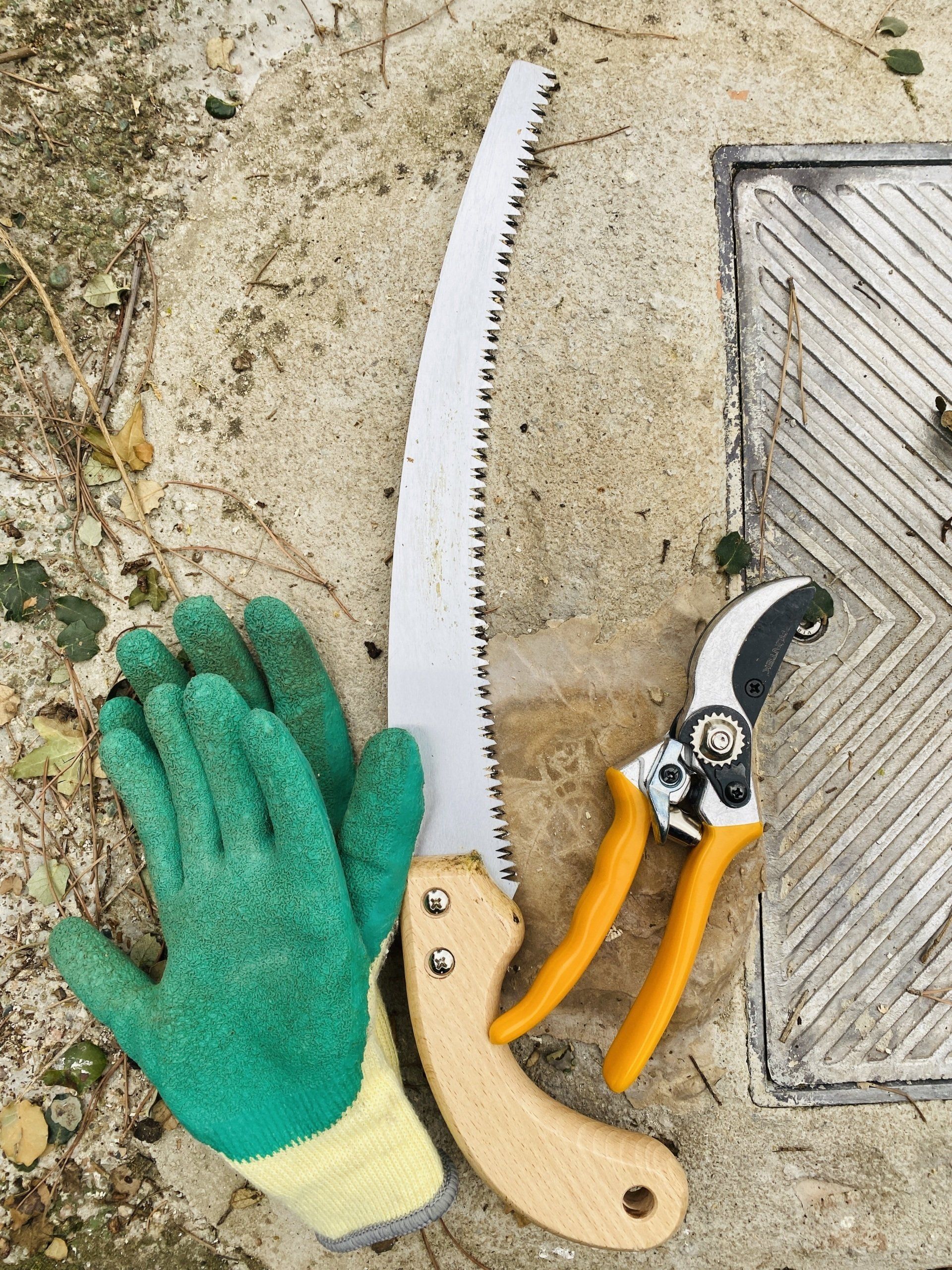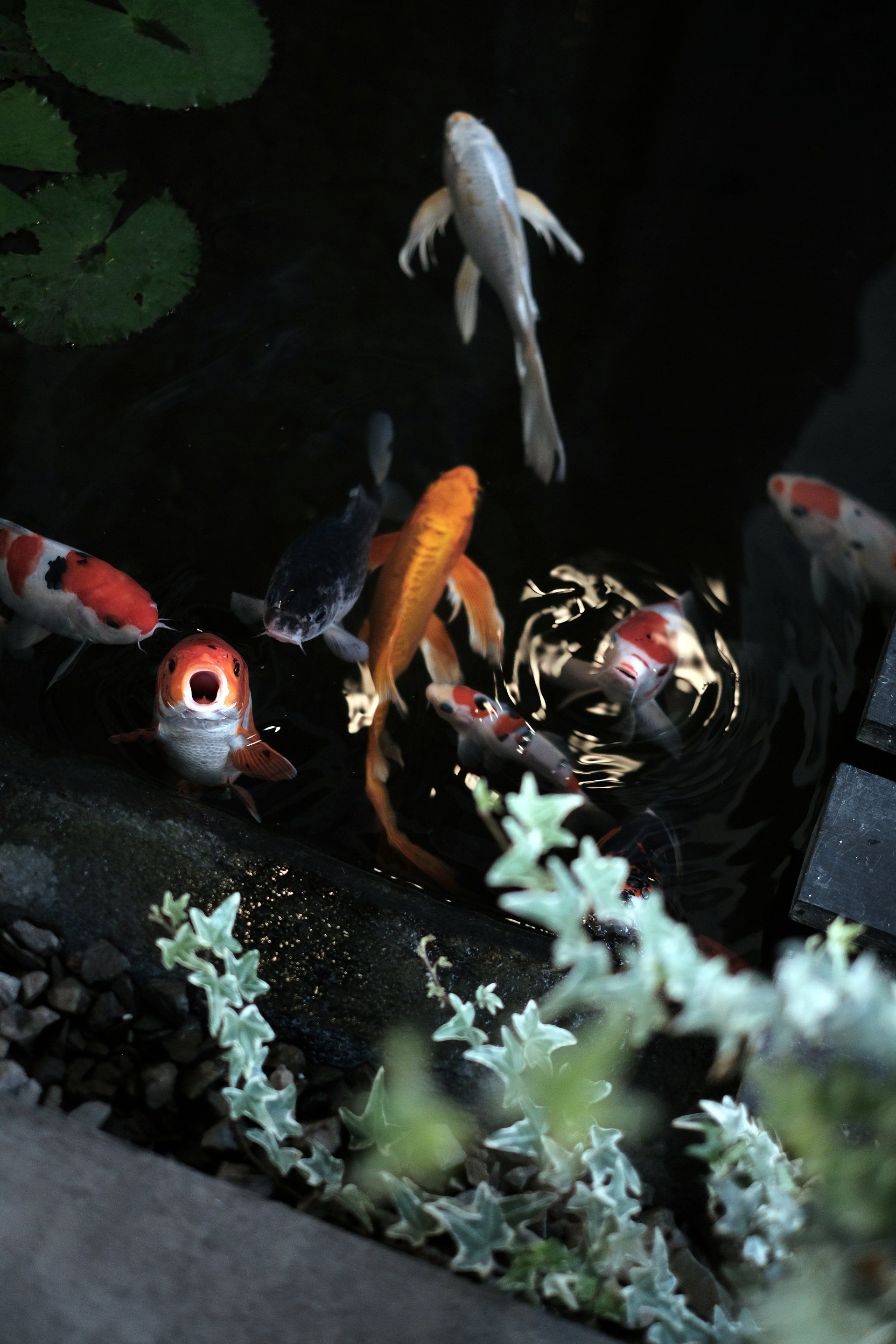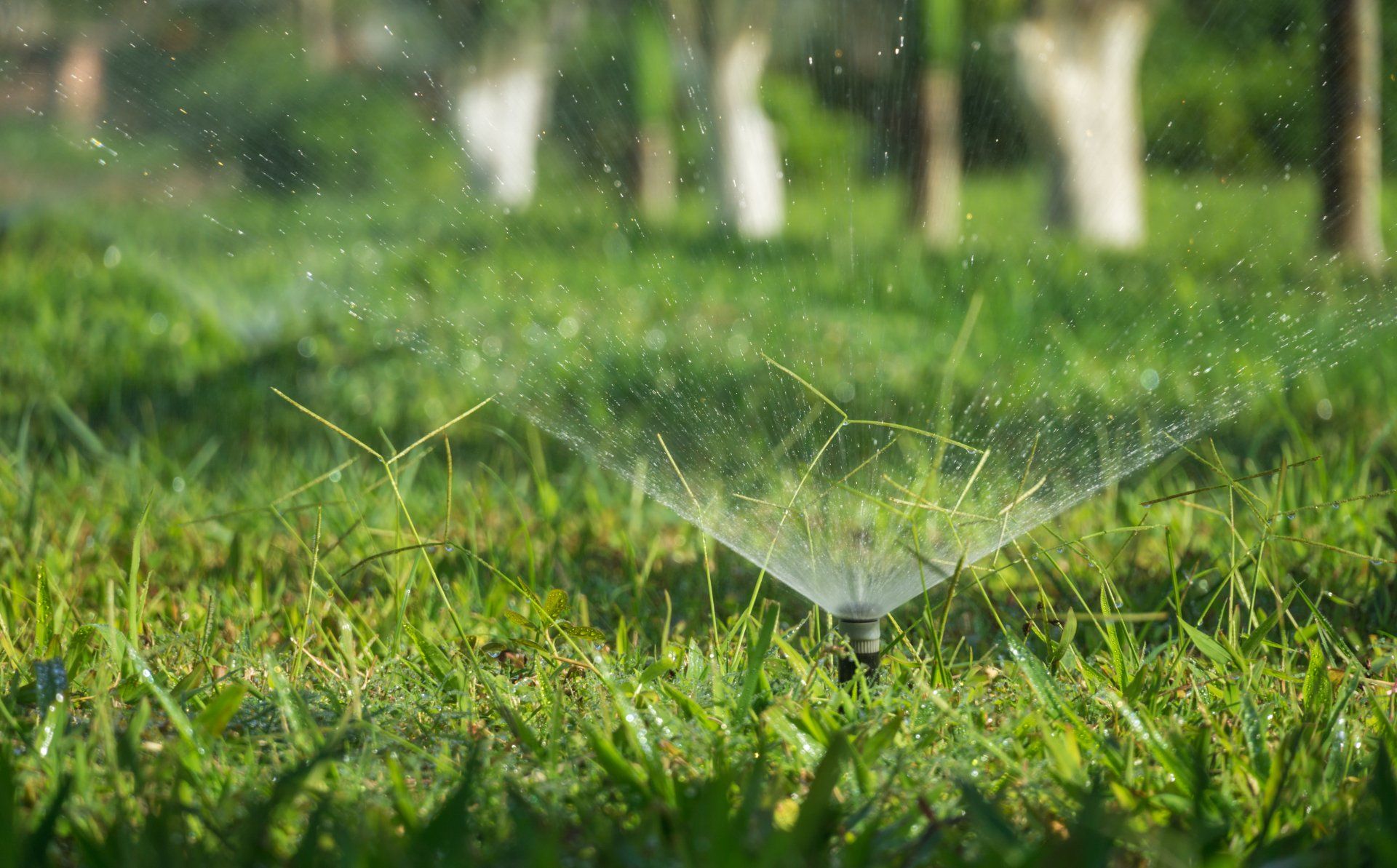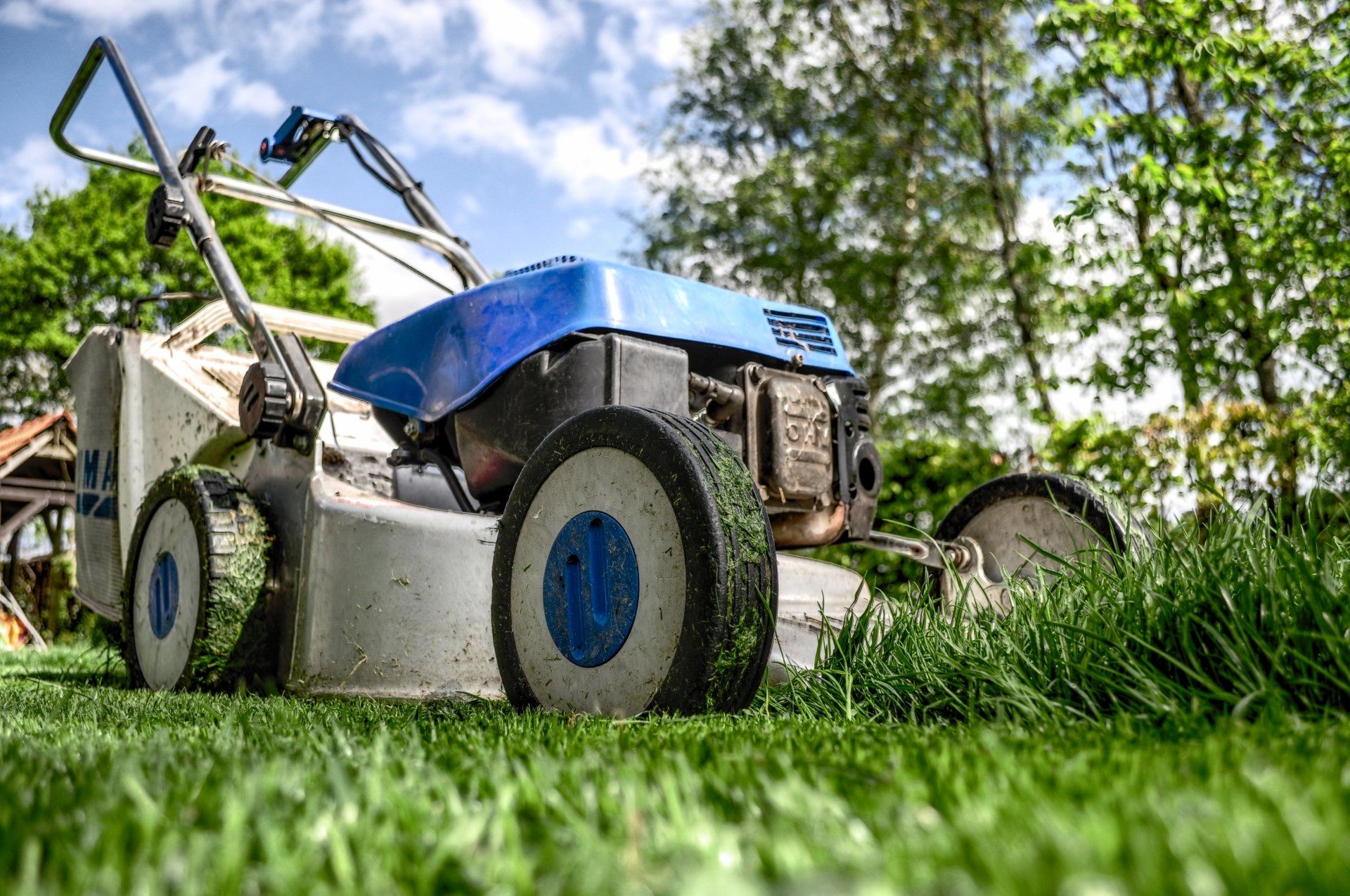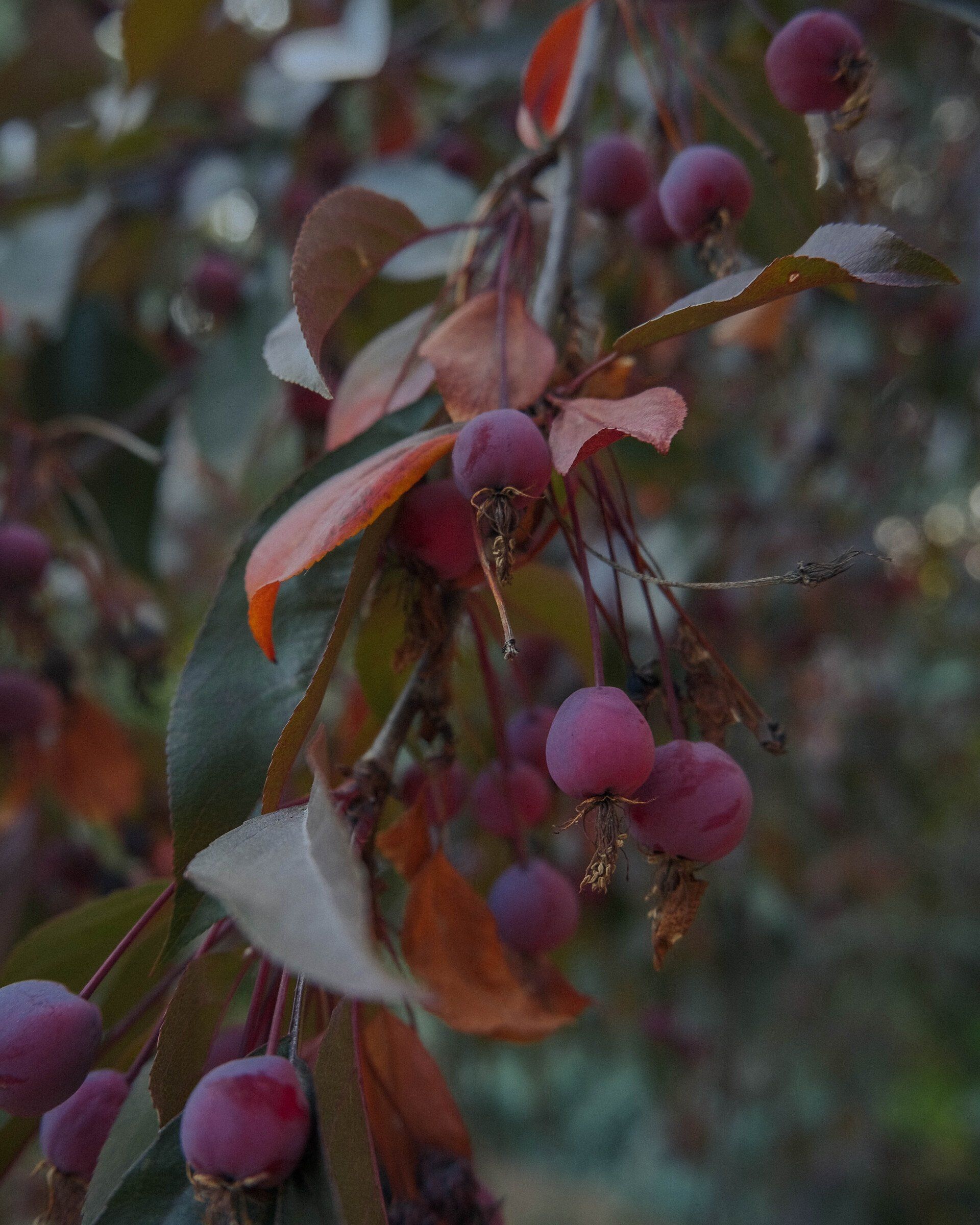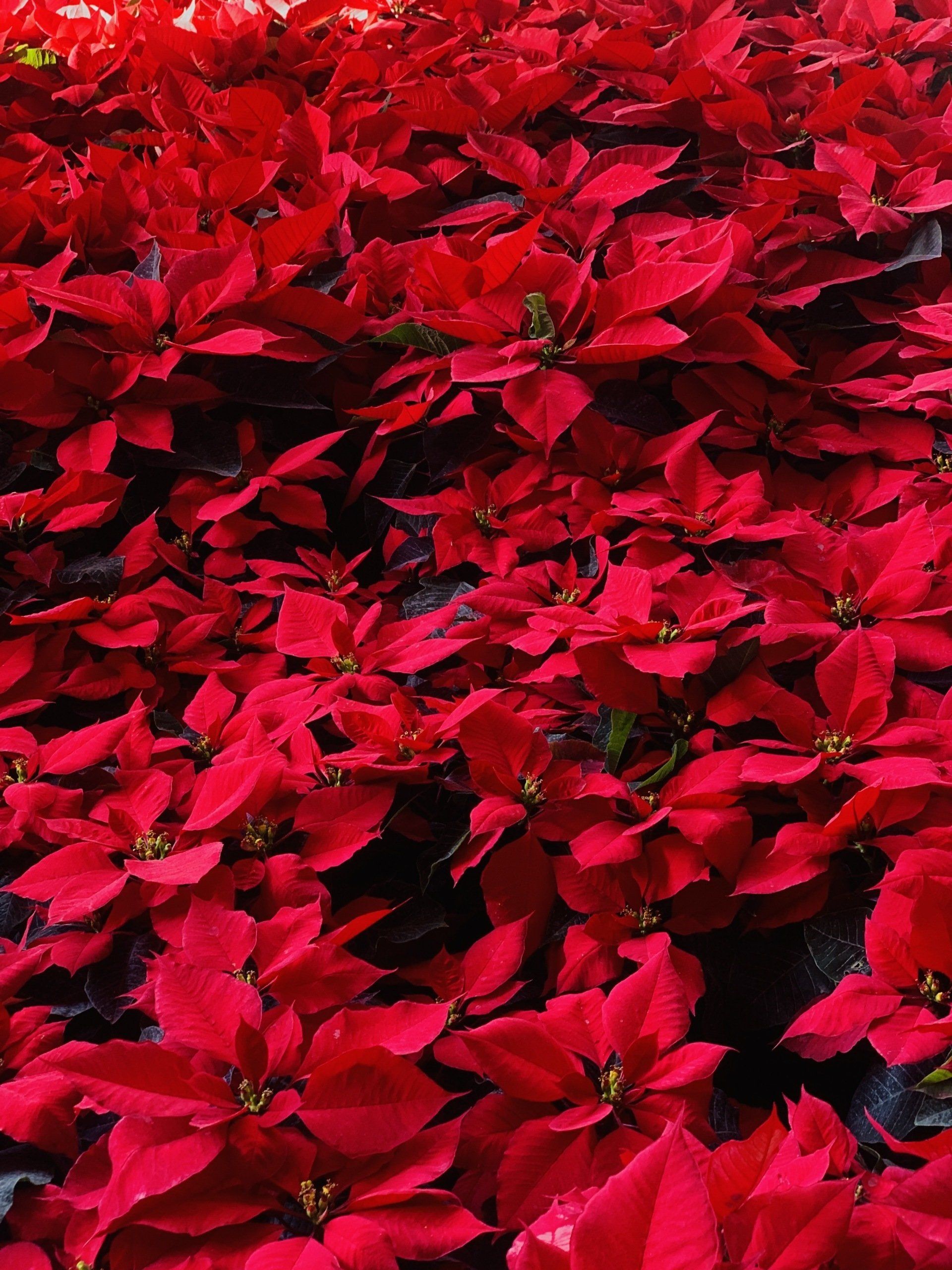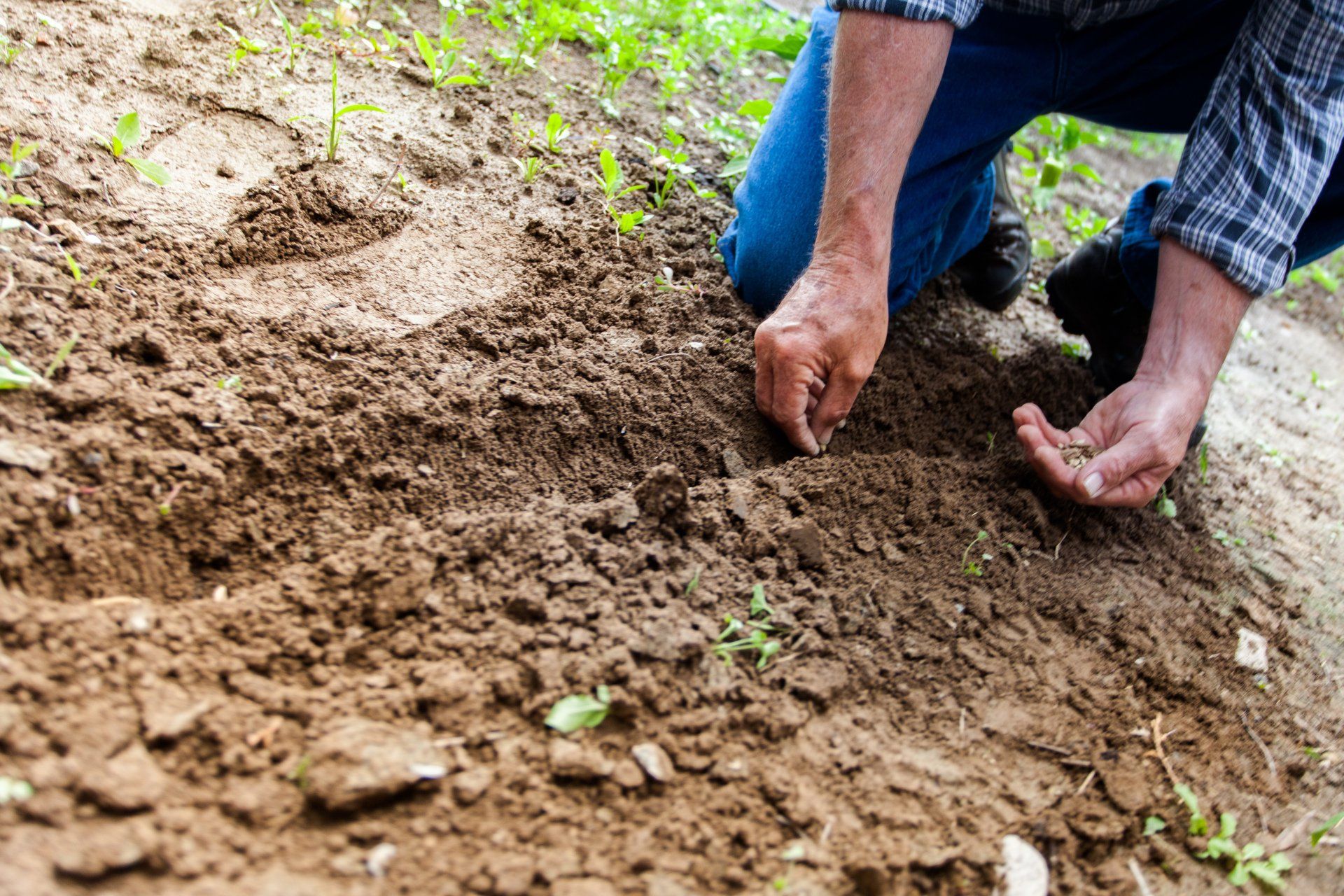You Need Rain Gutters This Fall
October 24, 2022
You Need Rain Gutters This Fall
Will your home be prepared for bad weather? You can easily install gutters to redirect rainwater away from the foundation. What is the point? What types of gutters or downspouts can you use to make your home's water-removal system more attractive and efficient? Let's take an in-depth look.
Types of Gutters and Downspouts
Gutters are available in many styles, materials, and shapes to meet your water removal needs. These gutter options are available for your home:
- Rain gutter shapes: There is a choice of two types of rain gutters. K-style gutters are the most popular. They have a flat bottom and a decorative contour that mimics crown molding. Half-round gutters are best for historic homes that want to keep a traditional look. There are many sizes and shapes to choose from when it comes to downspouts. You can also choose from decorative spiral shapes.
- Rain gutter materials: There are many materials that can be used to make residential gutters. You can choose to install aluminum rain gutters made from copper, steel, or zinc. Each has its own benefits, which appeal to different homeowners.
- Gutterless rain gutters louvers placed on the roof's edge disperse water into soft, rain-sized drops that are directed away from the house. This water does not erode the landscape but rather sprinkles it.
- Seamless aluminum gutters: Our experts can install seamless aluminum gutters that only have seams at the corners. This is a more appealing option than traditional rain gutters, and it reduces potential leak spots and weak spots.
How do rain gutters protect your yard and home?
Installing gutters in fall is a great time of year to make sure you have a rainwater collection. Here are the benefits of installing rain gutters:
- Protect your siding. Rainwater can leave unsightly brown streaks on the siding that can make your home look dirty. As water continues to run down the siding, it can cause it to rot or grow mold. To protect siding from excess moisture, gutters direct water to the downspouts.
- Avoid basement flooding and foundation damage: Water that flows off the roof onto the ground can cause soil to become supersaturated. The soil expands and presses against the foundation walls. This can eventually cause cracks that allow water to seep into the basement. Rain gutters can prevent this costly headache.
- You can reduce soil erosion by making sure that the ground slopes away from your foundation to protect your home's structural integrity. Rainwater that falls onto your roof without gutters can cause soil erosion and alter the slope, leading to basement flooding in heavy rainstorms. The soil erosion can also ruin your yard and drown any plants that are growing near the foundation.
- Rainwater can be collected for your garden by installing gutters on your roof. This allows you to direct rainwater to the collection barrels that you have set up for your landscaping. Rainwater harvesting laws can vary from one state to the next, so make sure you do your research.
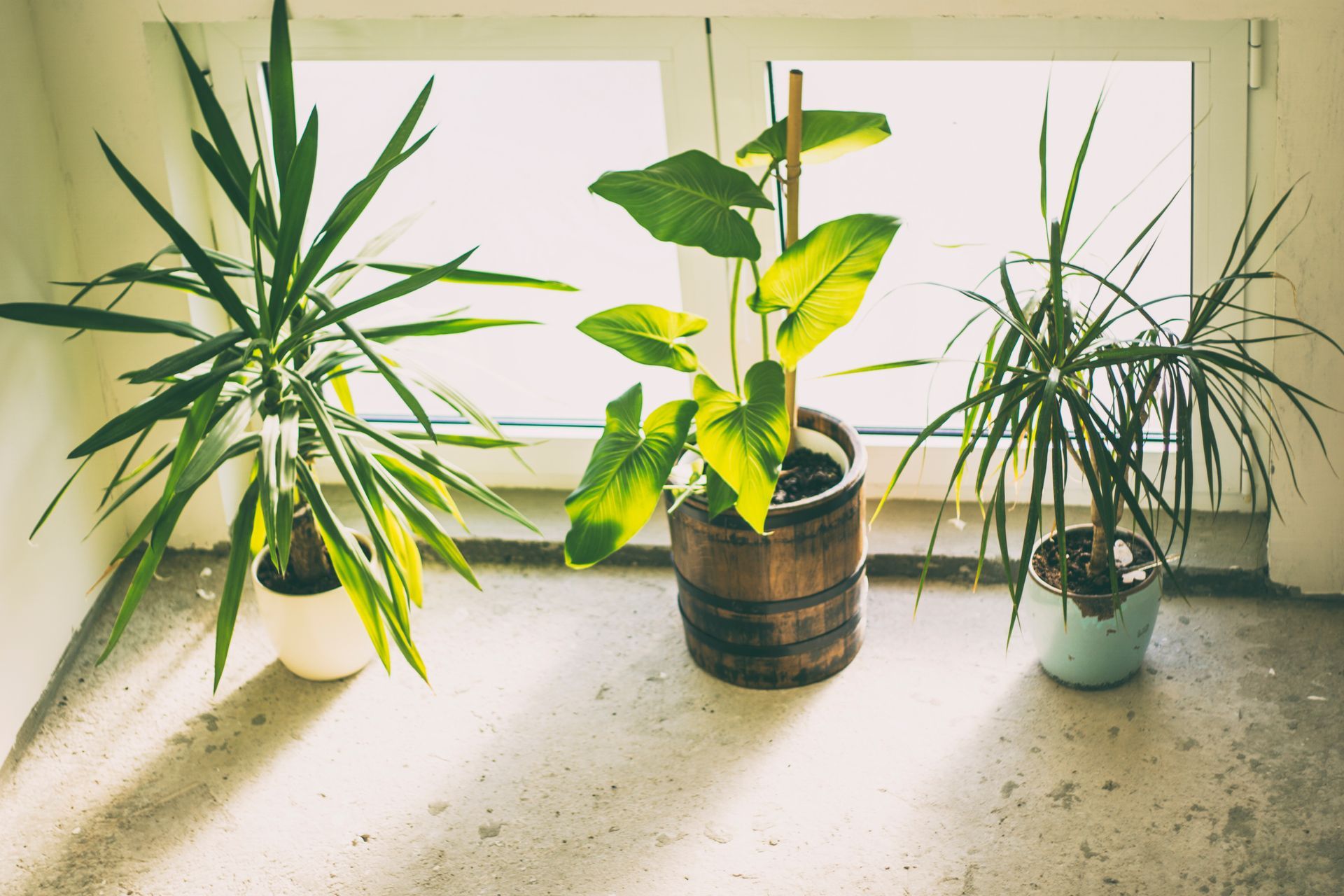
The summer heat is too intense for many plants to endure. They cease flowering, get scorched, or lose their leaves and succumb to the scorching summer heat. If you're passionate about growing plants and don't want to see your plants suffer under the scorching heat, then bring them inside for cooling comfort.

If you value curb appeal, power washing might be the solution to reveal the natural beauty of your home. Power washing can clean up the exterior of your house and the hardscaping that surrounds it, including algae-stained roof shingles, cobwebs in the eaves, and bird droppings that are deposited on the sidewalk.

Interior landscaping refers to the installation and planning of plants, water features, rocks, and other natural elements in order to create a pleasant indoor environment. Designers use elements such as texture, color, shape, and lighting to create ornamental structures that complement the building's layout.

